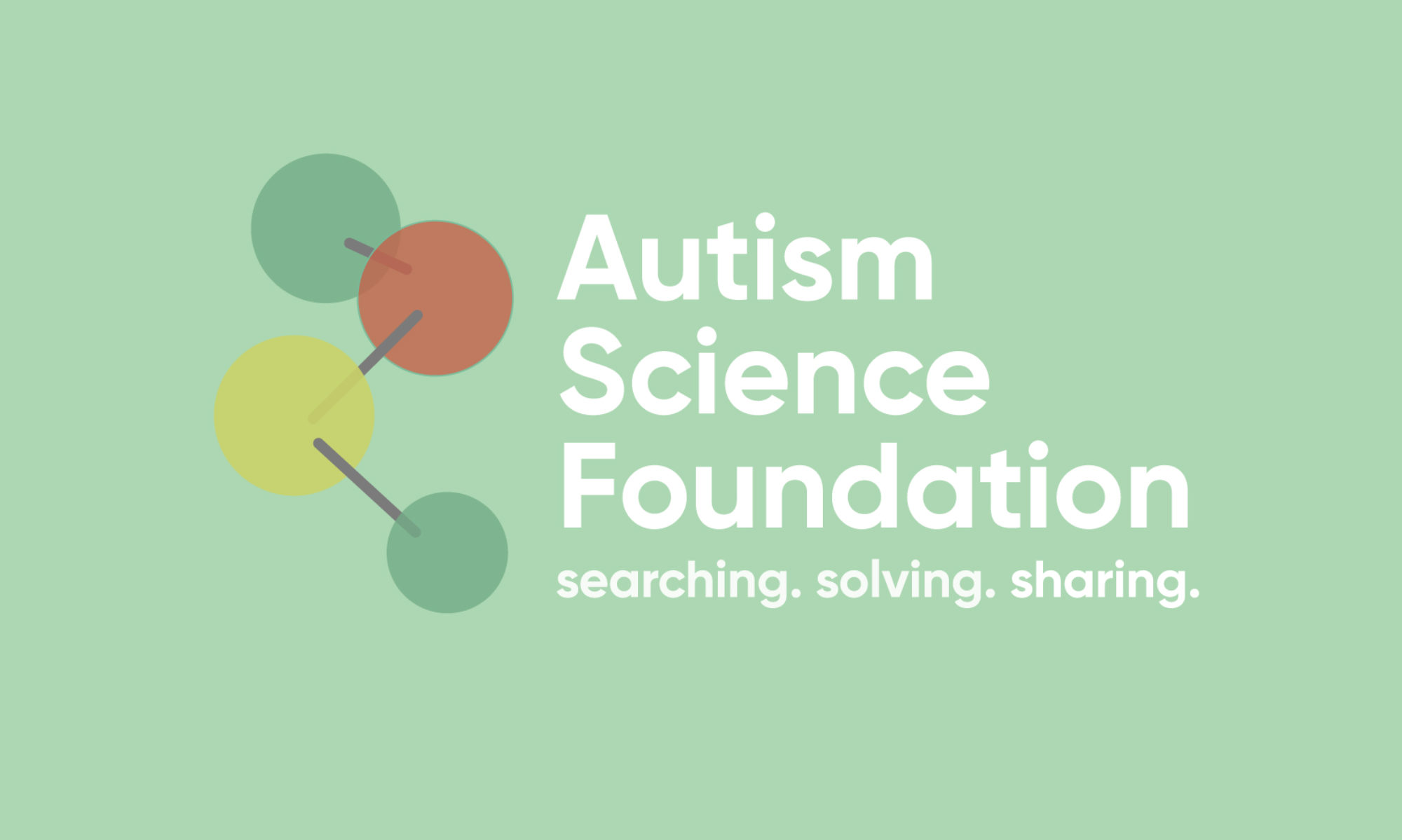Podcast: Play in new window | Download
Subscribe: RSS
The NIH has launched the new Autism Data Science Initiative: https://dpcpsi.nih.gov/autism-data-science-initiative/funding-opportunities#section1, which brings questions about why linking different data sets is important. It can be done without including personal identifying information, and it should be done following ethical guidelines. If done correctly, using large datasets can answer questions relating to treatment, cause, better identification and personalized medicine for those on the spectrum. So what has linking data done for families? This week’s podcast summarizes longitudinal research that follows individuals across time, linking their information across different ages to look at factors that predict outcomes, environmental factors, and how to best support those on the spectrum.
https://pubmed.ncbi.nlm.nih.gov/40420626
https://bmcpsychology.biomedcentral.com/articles/10.1186/s40359-025-02739-4
https://pubmed.ncbi.nlm.nih.gov/40391067
